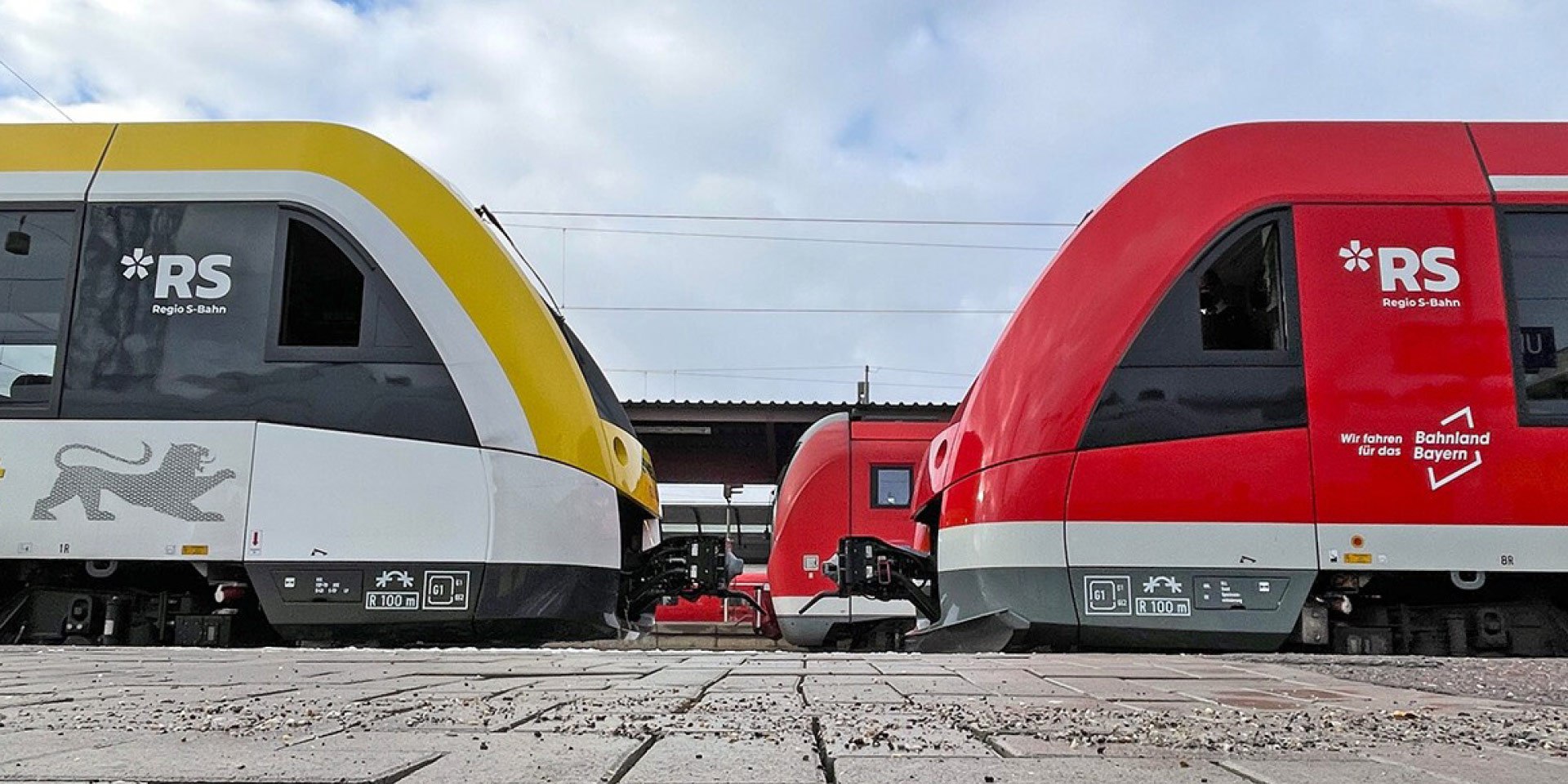Multiple units in Germany. Source: Bahnland Bayern
Savenkova Ekaterina, Editorial Contributor to International Projects of ROLLINGSTOCK Agency
Germany: The federal association of local rail transport BSN, the rolling stock manufacturers’ association VDB, and the non-profit transport alliance Allianz pro Schiene have jointly launched this initiative.
A charter signed by 23 of the nation’s 27 regional transport authorities calls for the development of unified standards for rolling stock. The proposal includes the introduction of standard train lengths, a set ratio of doors to seating, and fixed door widths depending on whether trains are intended for urban or regional operation. It also envisages minimum specifications for toilets suitable for passengers with reduced mobility, as well as other requirements.
The strategy recommends purchasing larger fleets (no fewer than 15 units per order). To enable joint procurement, buyers will be required to inform the sector in advance about future orders and the principal specifications of rolling stock.
The proponents expect that rolling stock standardisation will reduce delivery times, simplify training for drivers and staff, and reduce production and maintenance costs. The aim is to establish a unified fleet by 2030, with annual economic benefits forecast at €200 mln.
It is worth noting that several years ago, the German and Austrian urban transport consortium VDV developed unified requirements for tram-trains, which enabled a single contract for up to 500 three-car Stadler CityLink vehicles. This resulted in savings of around €1 mln per unit. Similar discussions about a national rolling stock standard are taking place in Australia. The local rail association ARA estimates that, in the absence of a systematic policy, regional budgets lost approximately $1.2 bln over ten years.
Follow us on LinkedIn and Twitter!
